Residential Pest Control Miami-Dade County
When it comes to your home, trust that our family-run business knows to put your family and safety at the forefront of our pest treatments.
Home Pest Control
Miami-Dade County
We may have over a decade of experience in the pest control industry, but our years of dedication to serving the suburban properties across the county stretch further ahead than it does behind. Our commitment to assisting the community and playing a part in everyone having safer homes is rooted in the belief that residential pest control in Miami-Dade County can provide a better quality of life for all.
Through our services, homeowners can better sleep at night, knowing their investment is well-protected, their family is out of harm’s way, and the risk of having unexpected costly repairs due to pest damage is relatively low.
We’ve built our company from the ground up, ensuring that each technician who joins our staff is properly trained, knowledgeable in the latest treatment standards, understands the complexities of native pests, and can also offer excellent customer service. We are proud of our team, and we’re looking forward to serving you.

Our Residential Pest Control Services
Our region experiences warm and humid weather for most of the year, making it a comfortable and enjoyable environment for all. Unfortunately, many pests agree with this sentiment. With the abundance of critters we have flying, crawling, and chewing their way into our homes, we readily offer a multitude of services covering residential pest control for indoor and outdoor areas.
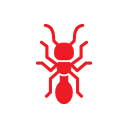
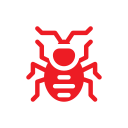
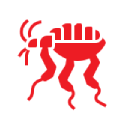
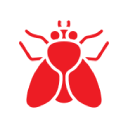
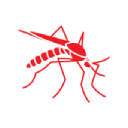
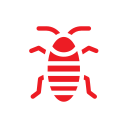
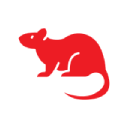

911 Home Helps
Why Choose 911 Home Helps?
We believe in delivering timely, affordable, and targeted treatments that don’t act as band-aid solutions. Our goal is to find pest populations at the source, cut off factors that allow them to thrive in properties, and work each scenario as a unique case. Only through this method can we keep our success rates high and our customers satisfied.
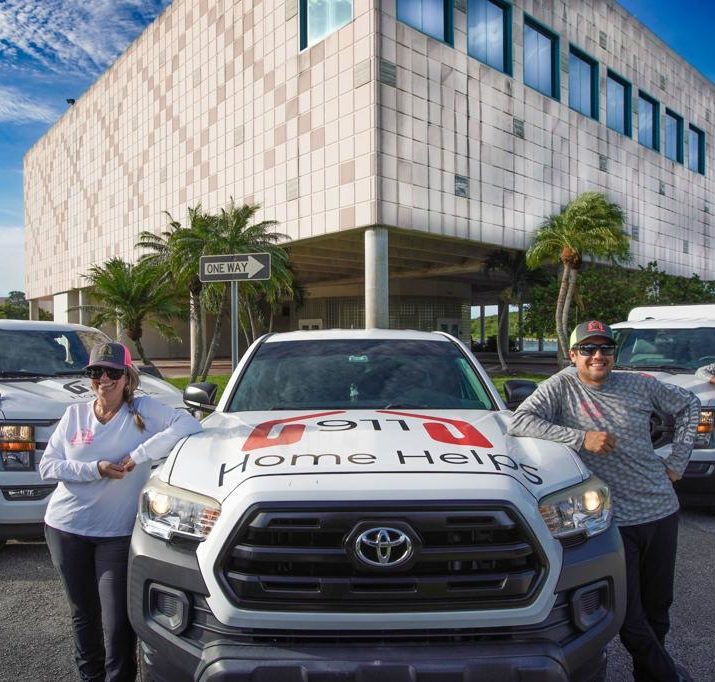

Free On-Site Quote
Suspecting an infestation brewing in your home? Saw a few critters crawling in the corner? Contact our team for an on-site inspection, and we’ll give you a quote at no charge.

Same Day Treatment
Pests don’t work on a schedule, so we adjust accordingly. We are ready to offer emergency treatments and same-day solutions for quick relief and a safer home by tonight!

Licensed and Insured Team
In order to catch colonies and litters fast and deploy tactical methods on the spot, we ensure to stay on top of our game with the latest tech and most powerful action plans.
911 Home Helps
Our Residential Pest Control Process

Free Inspection
Every service starts with a free inspection of the property. Whether you own a house, apartment, condo, or any other type of building, we’ll sweep every corner and gather enough data to know all of our target areas.
Targeted Treatment
Our free inspection helps us determine the kind of species we are eliminating, their habits, and hiding spots. These details help us devise a specific strategy, which we start to administer as soon as we get your go signal.

Pest Control Insulation
This add-on service is an eco-friendly way to control future bug populations and maintain the quality of air that circulates throughout your personal spaces. It also helps in reducing the energy utilized in heating and cooling homes.
Contact 911 Home Helps For Excellent Pest Control Treatments Backed By Unwavering Values
It’s our principle that reliable treatments should go hand-in-hand with competent residential pest control experts. Having a team that is not only backed by years of experience but also known to be honest, transparent, approachable, and genuinely caring for our clients is a standard we uphold through all our dealings.